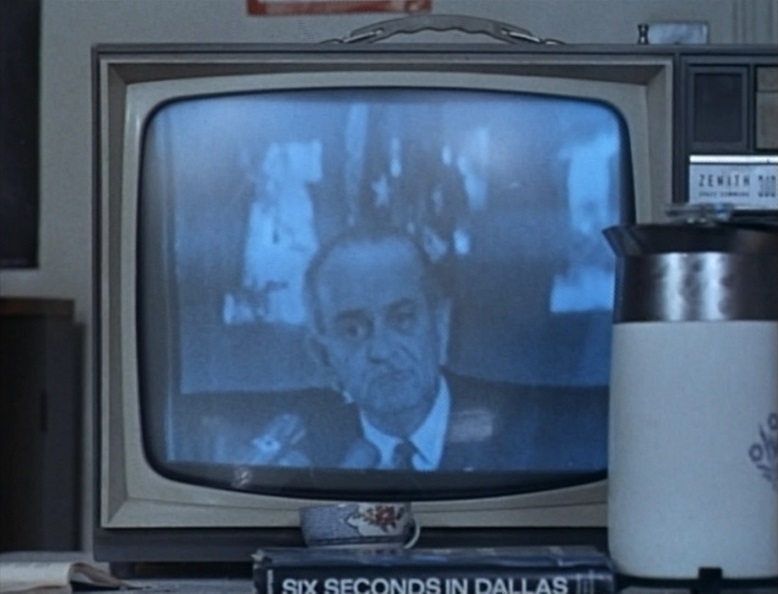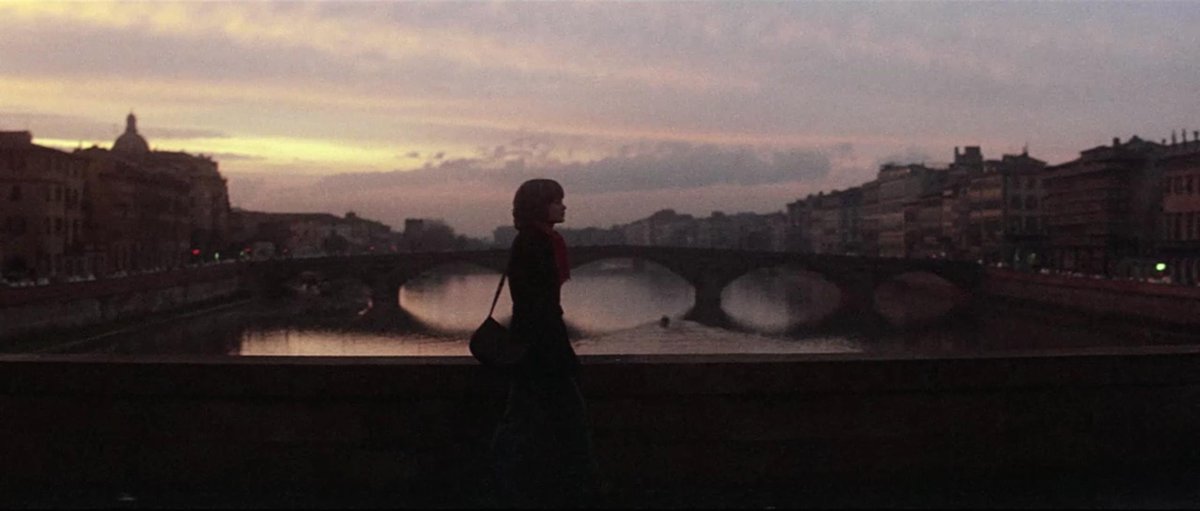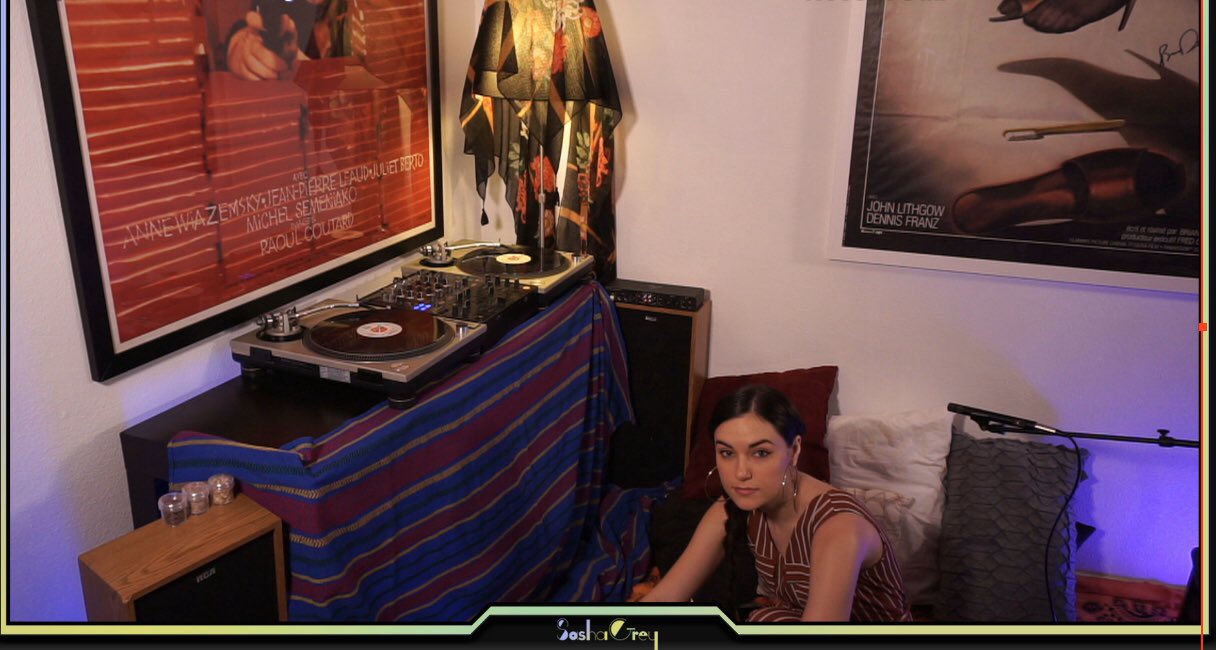'MISSION TO MARS' LANDS DEEP FOR MANY - TWITTER
RESPONSES TO JOSH LEWIS TWEETS SHOW MUCH APPRECIATION, CHILDHOOD VIEWINGS, ETC.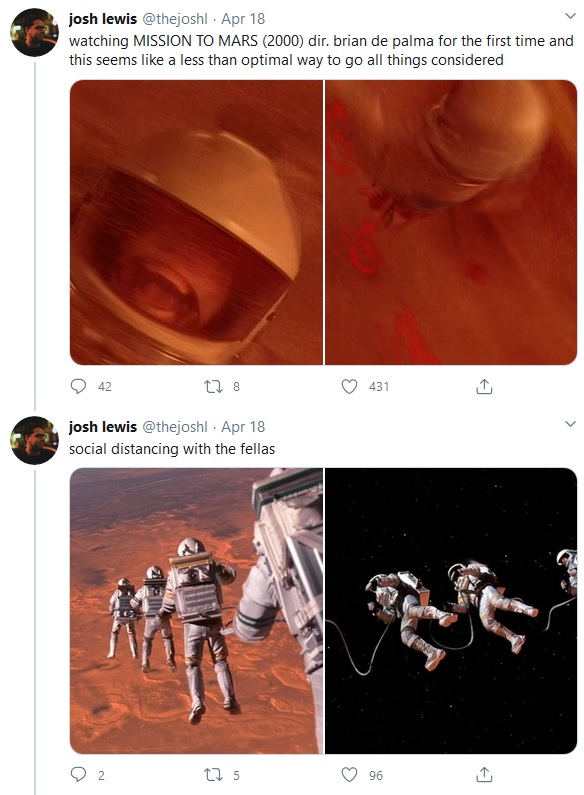 Josh Lewis
Josh Lewis, co-host of the
Sleazoids podcast,
tweeted the other day that he was watching
Brian De Palma's
Mission To Mars for the first time. Posting images from the film's twister scene, of an astronaut being spun and ripped apart in the eye of the storm, Lewis tweeted that "this seems like a less than optimal way to go all things considered." In a followup tweet, Lewis wrote, "lotta replies to this are traumatized people saying their parents or school had them watch this because it was technically a disney movie lol."
Boredom Cultivator then responded, "Everyone says this movie is terrible but I watched it as a kid and there were multiple scenes that stuck deeply in my memory. I actually haven't re-watched it since but if it accomplished that I'm assuming it did something right." Lewis then added, "I liked it a lot!"
More responses followed:
Mark Asch: "a beautiful masterpiece, god-tier filmmaking, one of the greatest movies ever made"
DJSCheddar: "there are movies that I saw as a kid long before I ever knew anything about anything, but that despite not being big business or whatever, really stuck with me. this is one of them, to this day. really special"
quarantined fka ☕️ , fka ☕️: "I distinctly remember watching this with a friends family and all of them HATING it whereas I was p onboard"
the bane (the ape 🦧 parody): "dunno if the whole thing works but it goes hard"
Grafton Tanner: "Loved it when it came out. Haven't seen it since but looks like I need to"
Michael Snydel: "Remember being traumatized by this exact scene in the theater."
Will Mavity: "Man and he someone got that thing under the wire with a PG when you were having stuff stamped with a PG13 for 'thematic elements'"
Jake: "Best De Palma movie based on a theme park ride. At least until Disney drops their BLOW OUT attraction next to the Hall of Presidents."
Alex: "Haha oh man, I remember watching this as a little kid and the shot of Woody getting his face insta-frozen still sticks in my mind."
Jesse Hawken: "A handful of good scenes! Also: Guyliner Gary Sinese"
tsai ming-lad: "this goes so hard. great movie"
The Hipster Llama: "Ah I love this movie!"
Logan: "my favourite DePalma!"
Tyler Harford: "movie’s kinda underrated. has some of De Palma’s brilliant camerawork and i enjoyed its campiness and unintentional comedy."
OnryFans: "My high school had a series (8 - 12, can’t remember exactly) of bomb threats fall of my junior year. They’d check the auditorium first then stuff us all in there until it was over. We watched this once."
Chloe: excited to see how u feel about this one. moved me a lot."
Jesusfreak!: "Don Cheedle doing peek Cheedle before it was a thing."
billy: "Saw this in theaters at like age 8 and that scene ruined me"
The Scenic Route: "Still haven't forgiven this movie for mixing up chromosomes and base pairs."
Smarter than Every Economist: "Hahah this traumatized me as an 11yo"
Paresh Maharaj: "I remember seeing this movie in theaters but this is the only thing I remember (except maybe the ending)."
Collector of Unwatched Blurays: "Just watched this scene, and yeah, how did this get past not just the classification board, but also DISNEY?!"
C reel: "Man I saw this in the theaters when I was 10 this scene fucked me up"
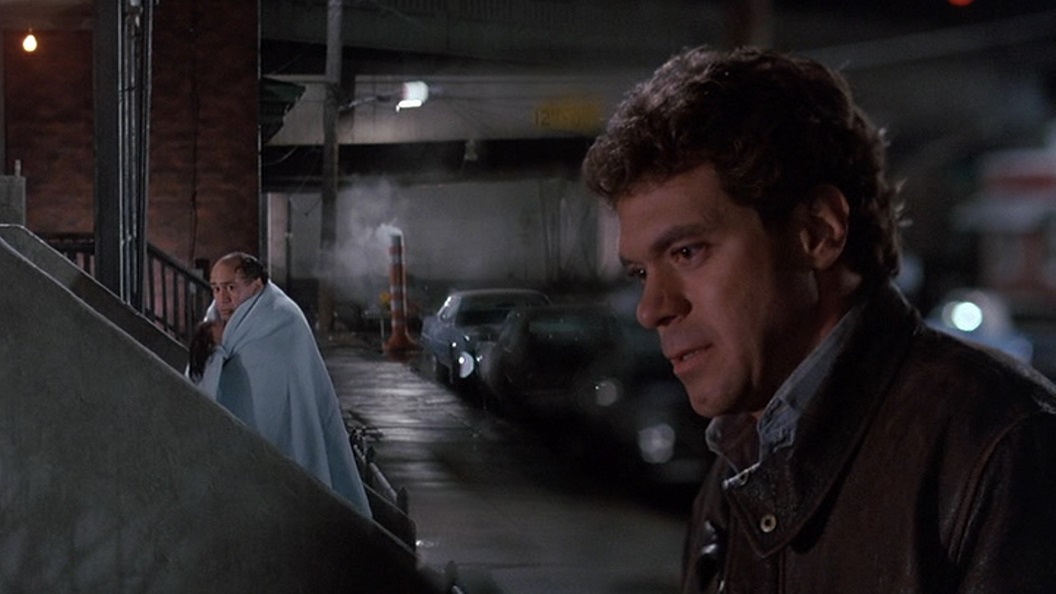

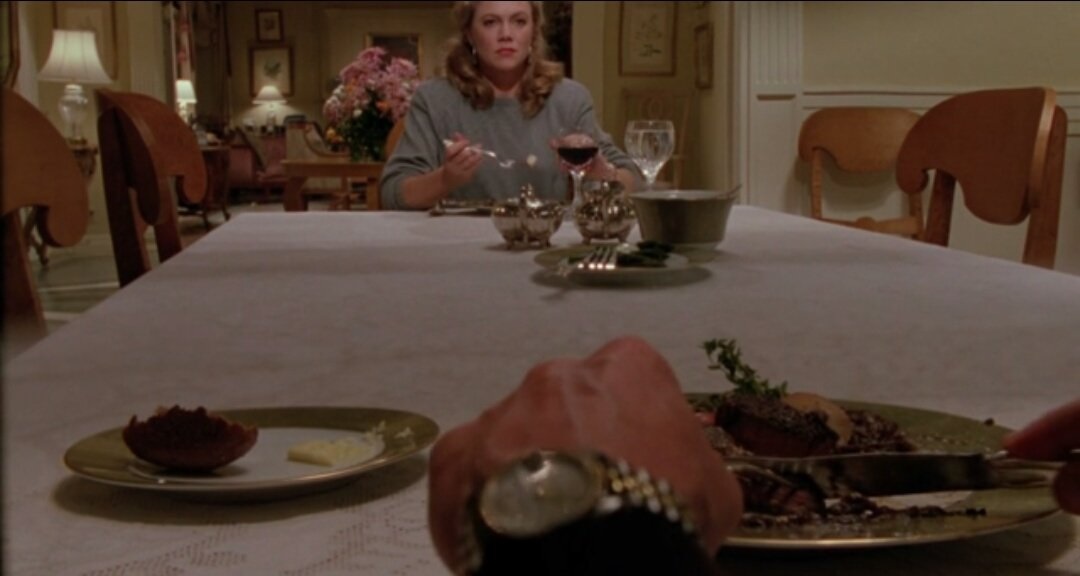





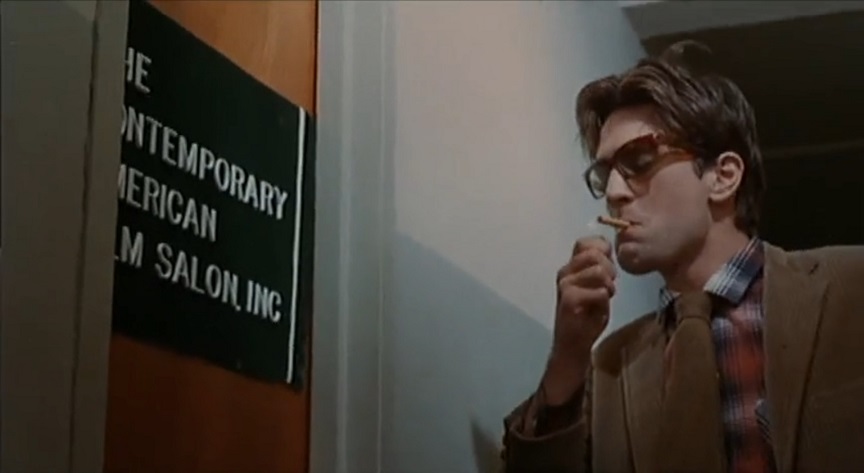
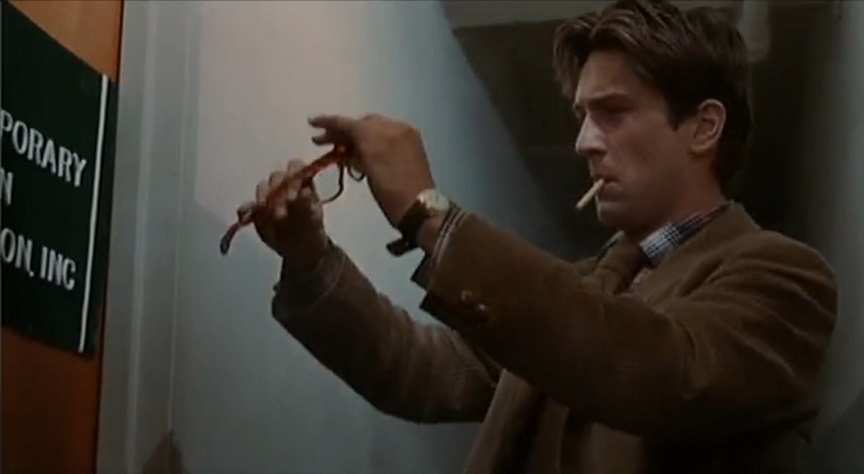

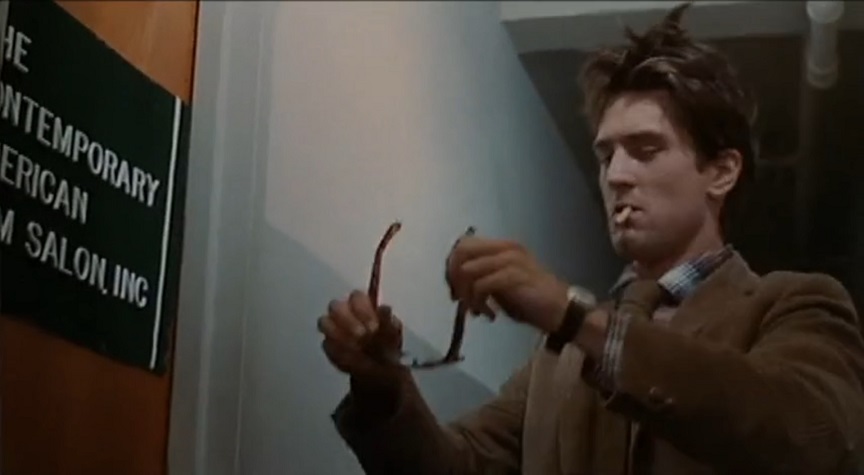
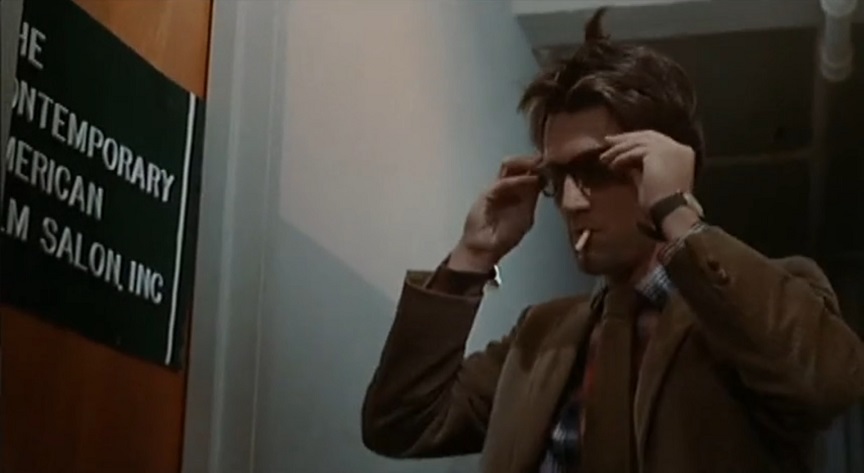
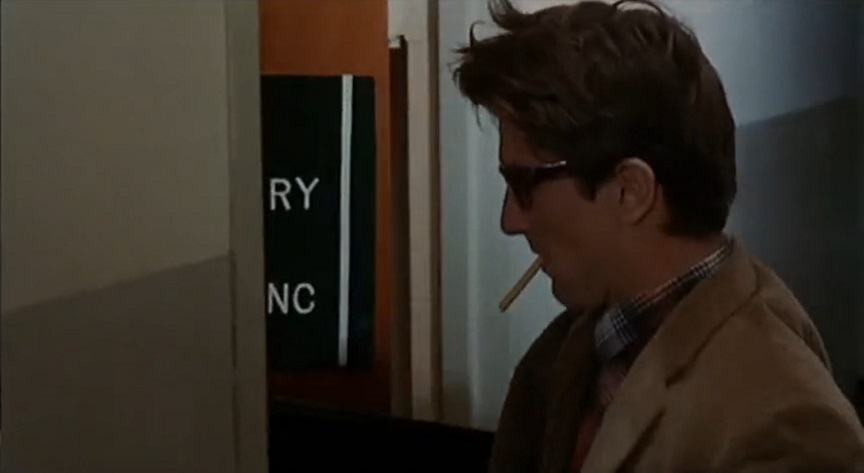
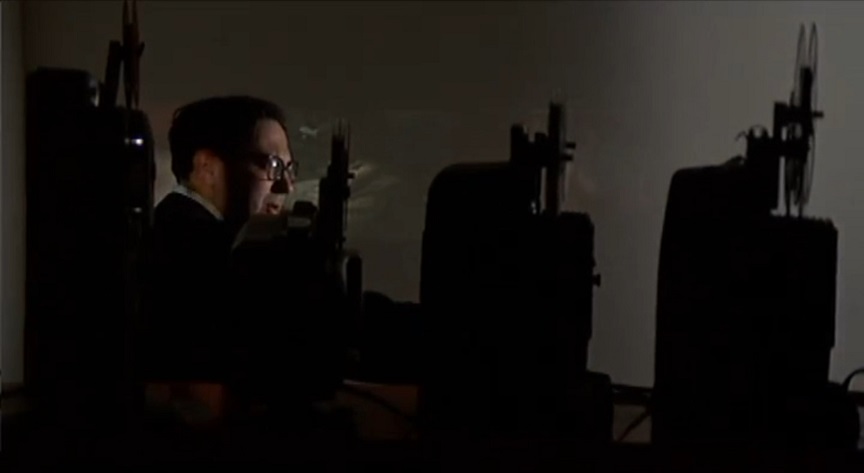
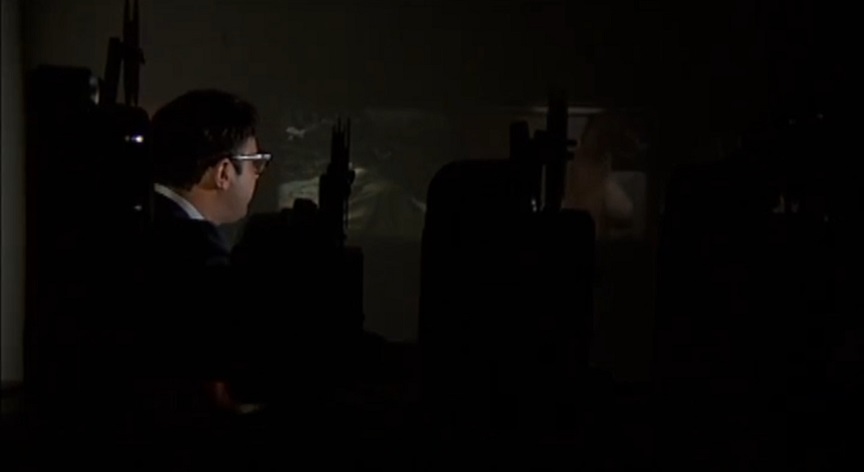
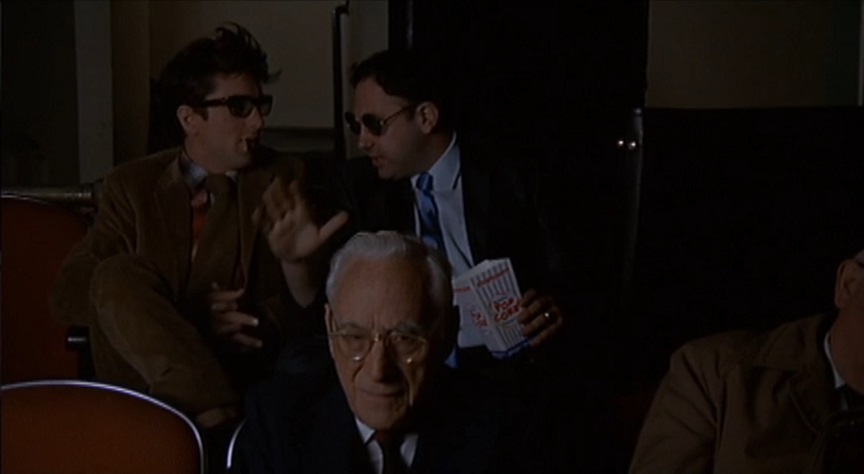
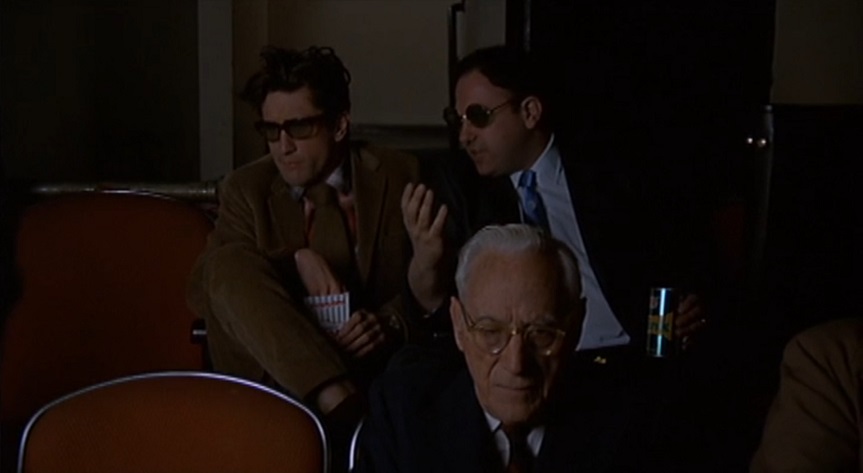
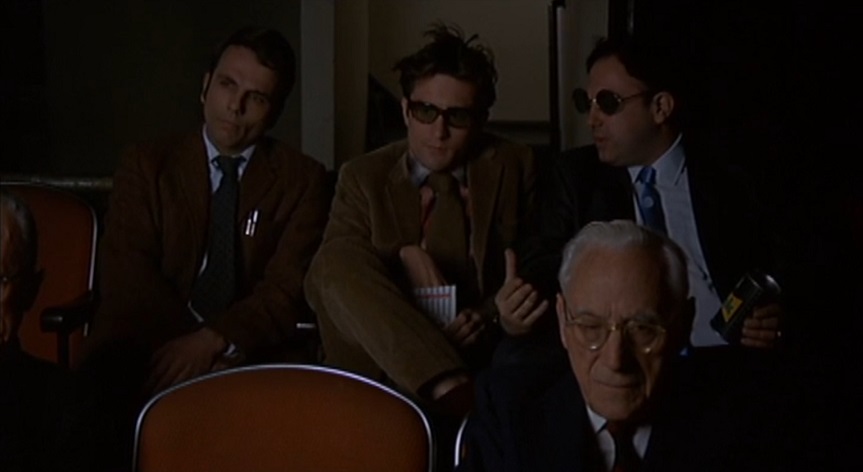
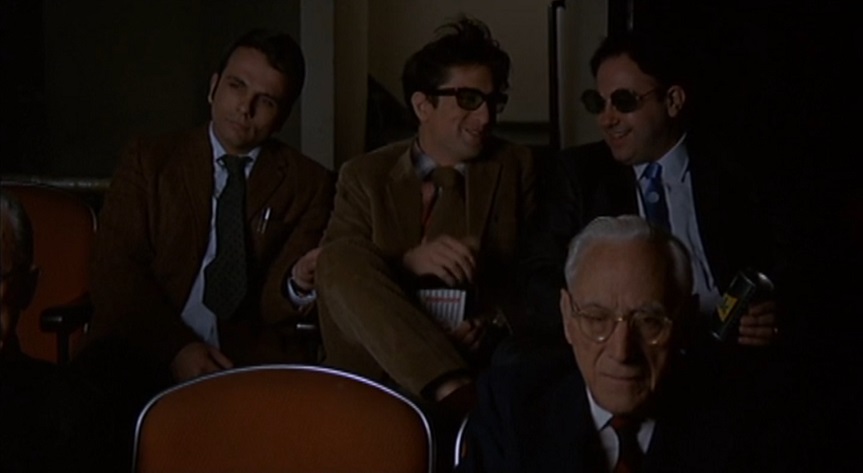
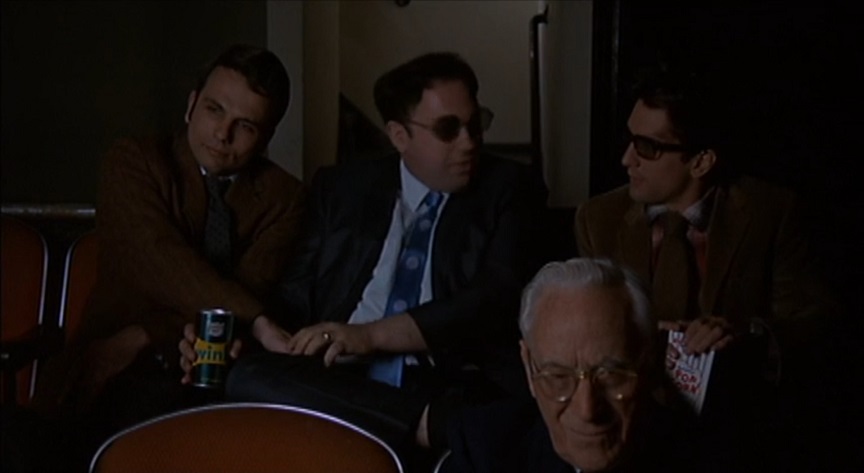
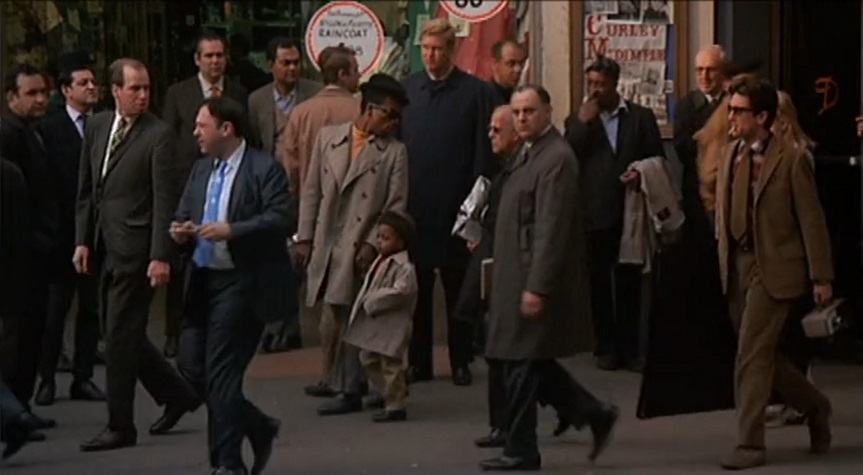
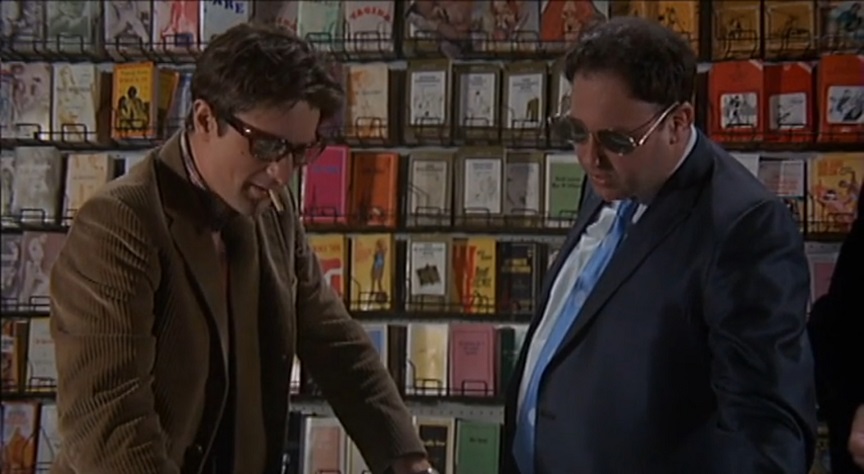
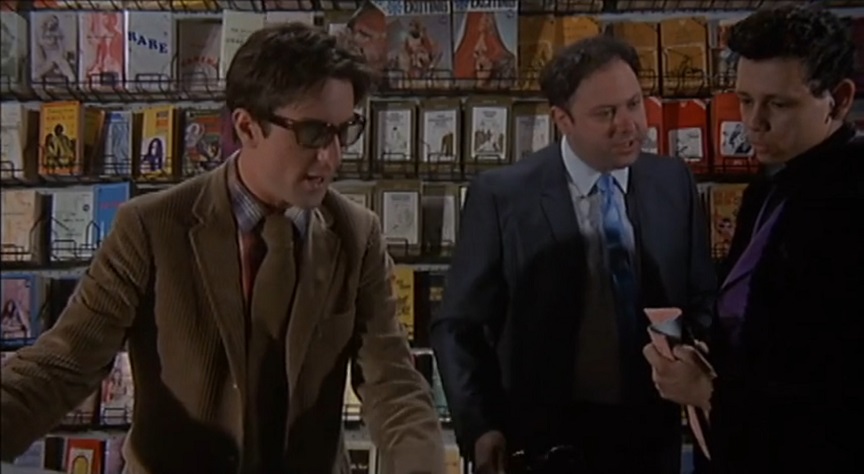
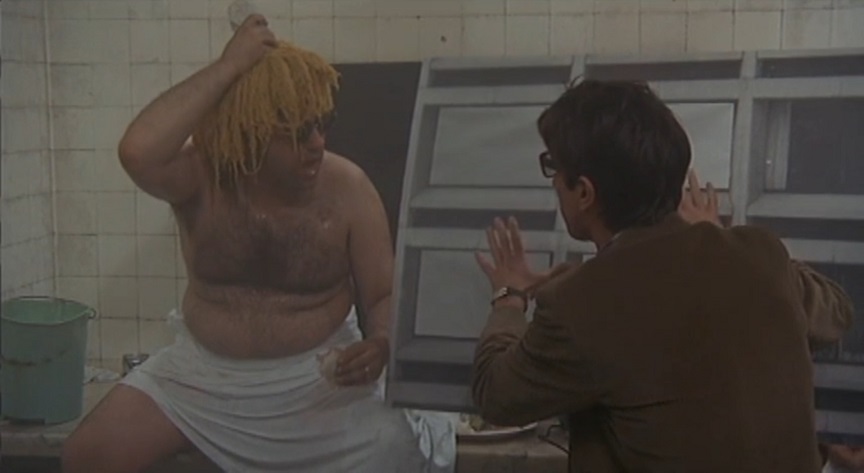
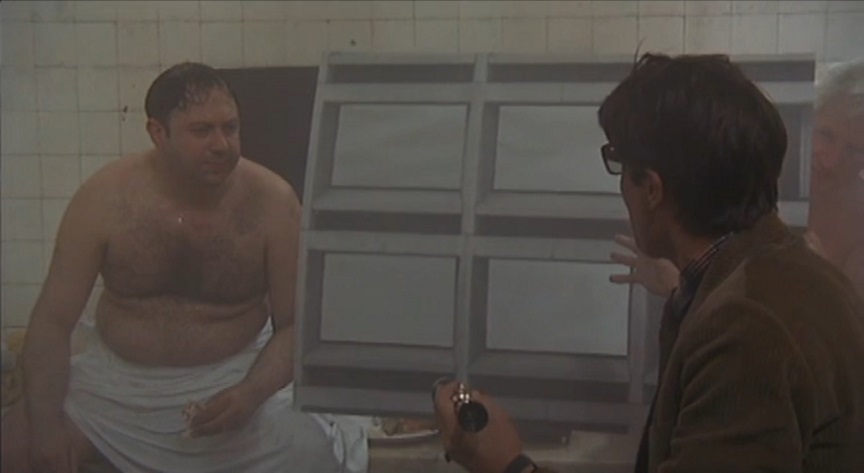
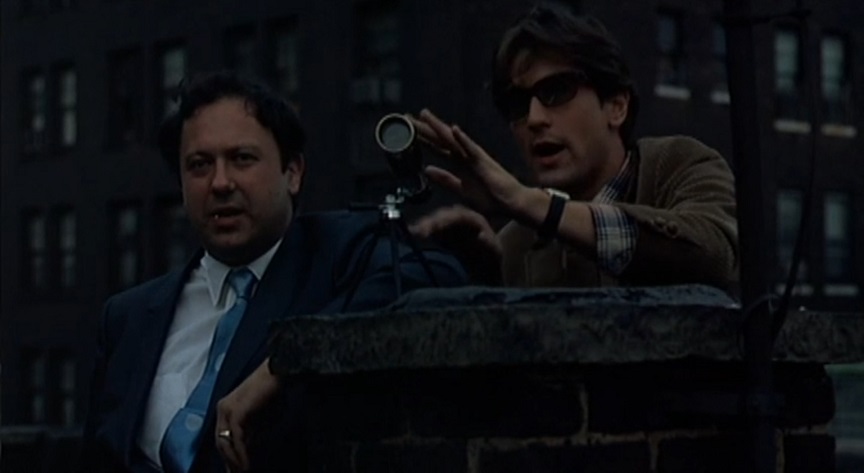
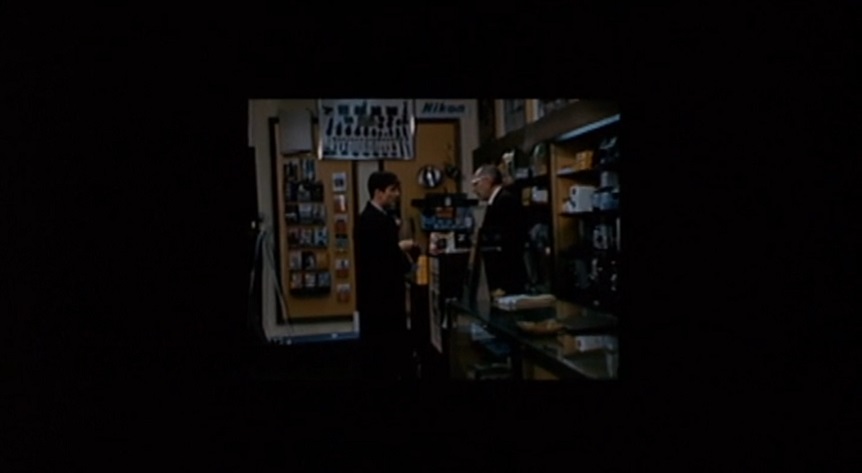
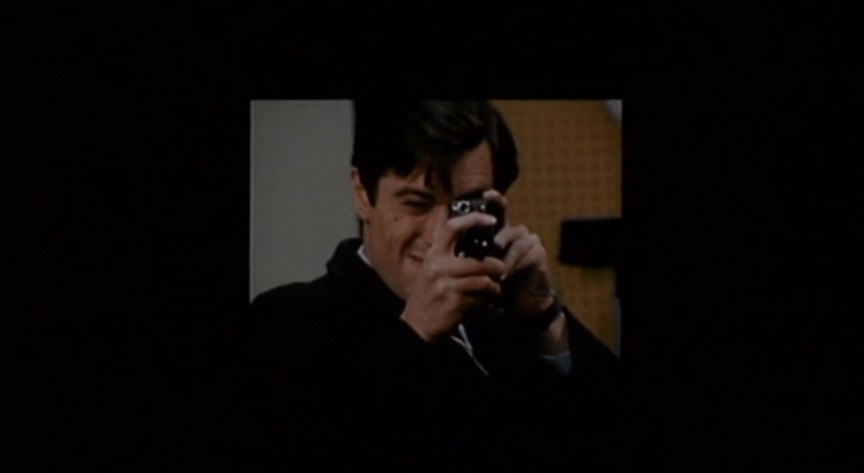
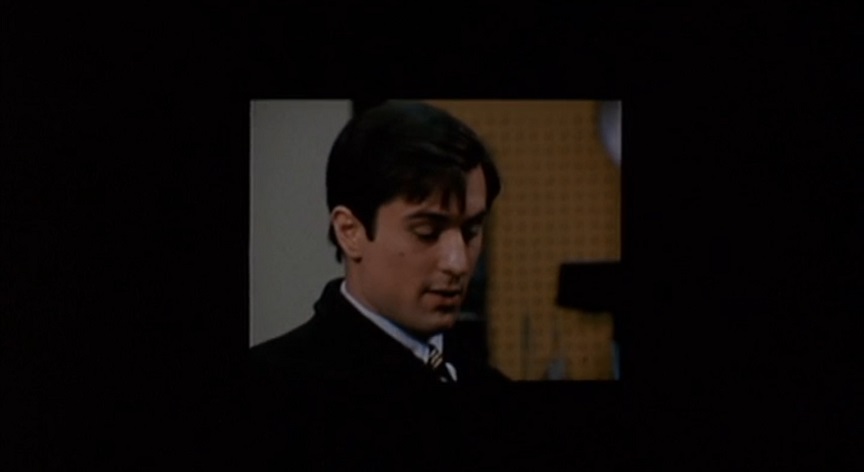
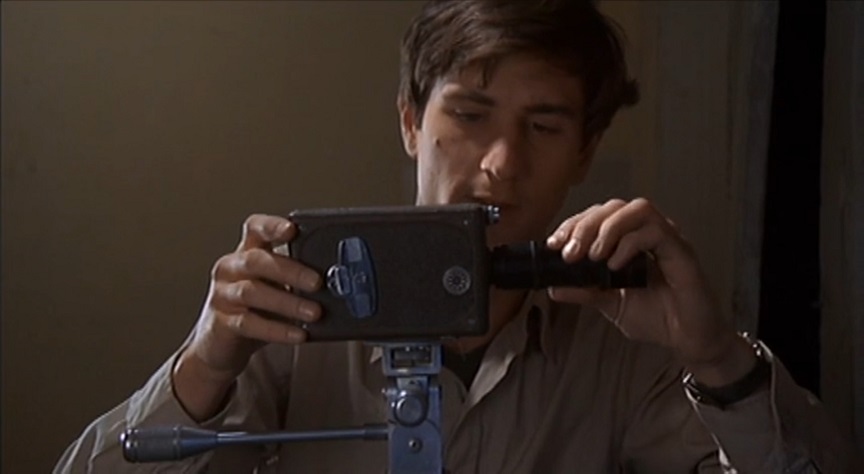
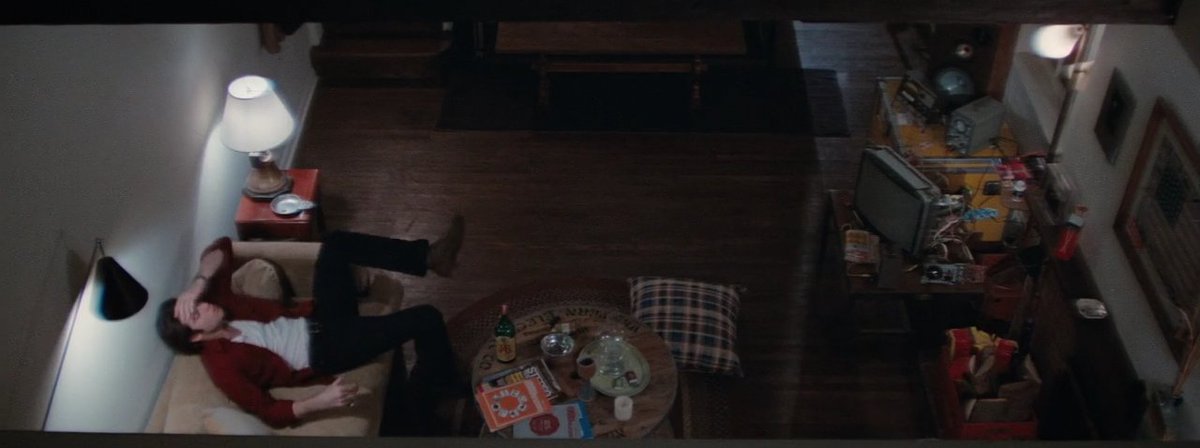
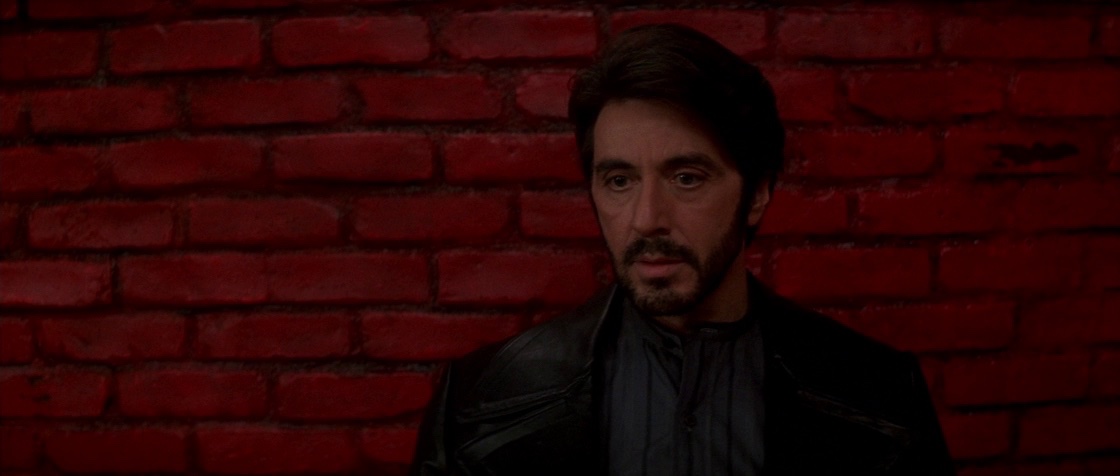
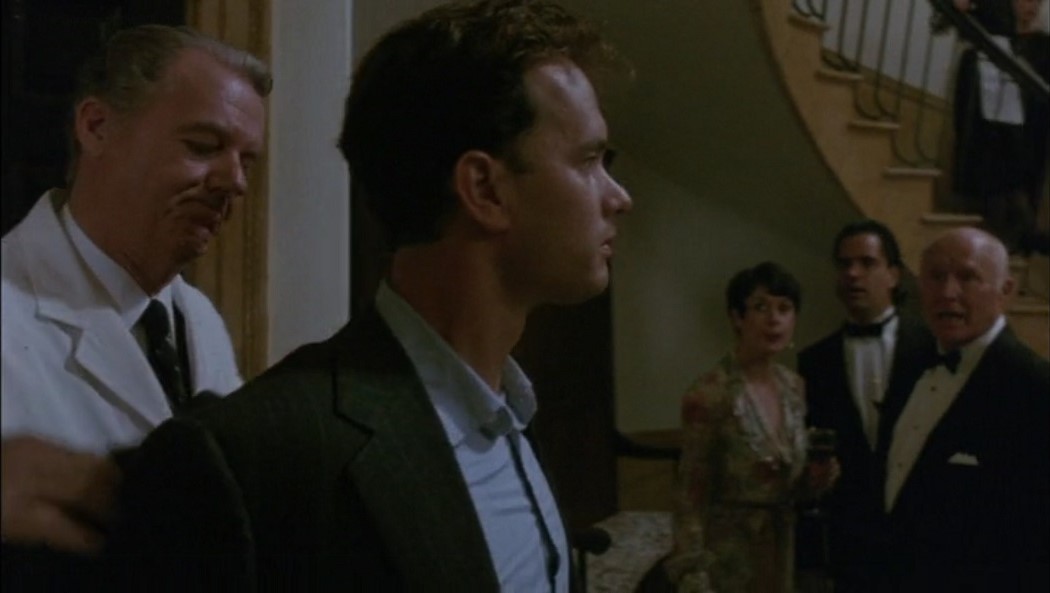
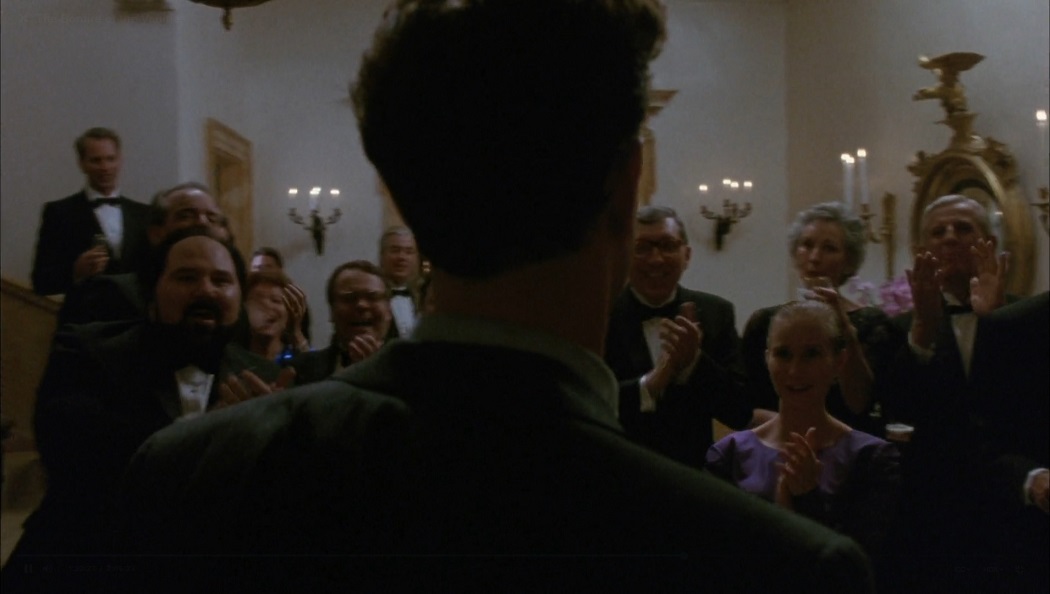
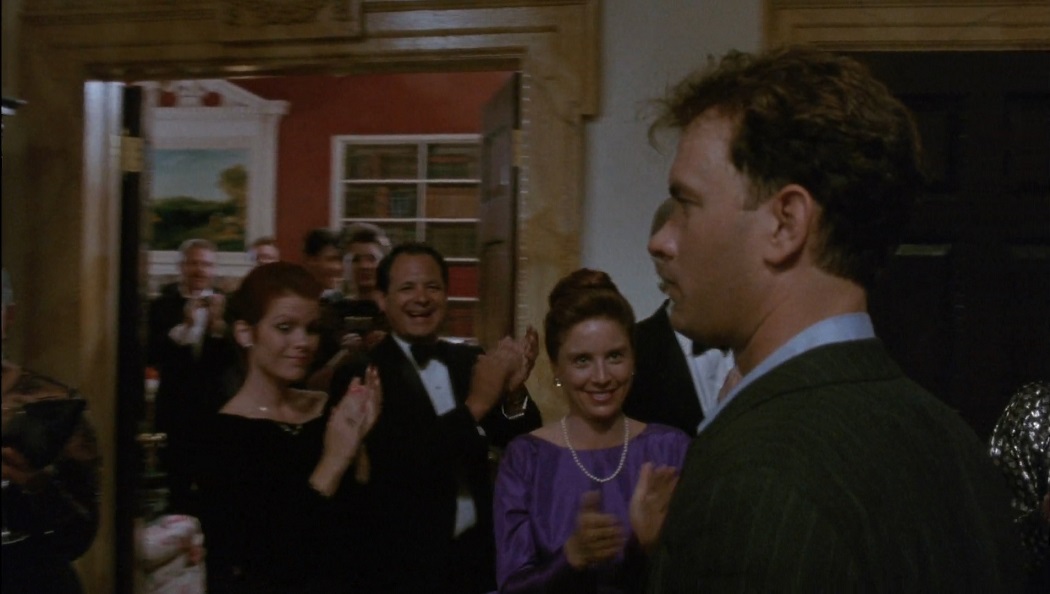
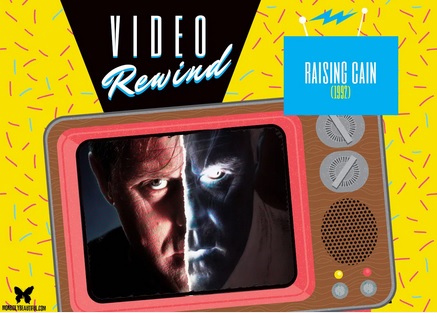 In the "Video Rewind" column this month at
In the "Video Rewind" column this month at 